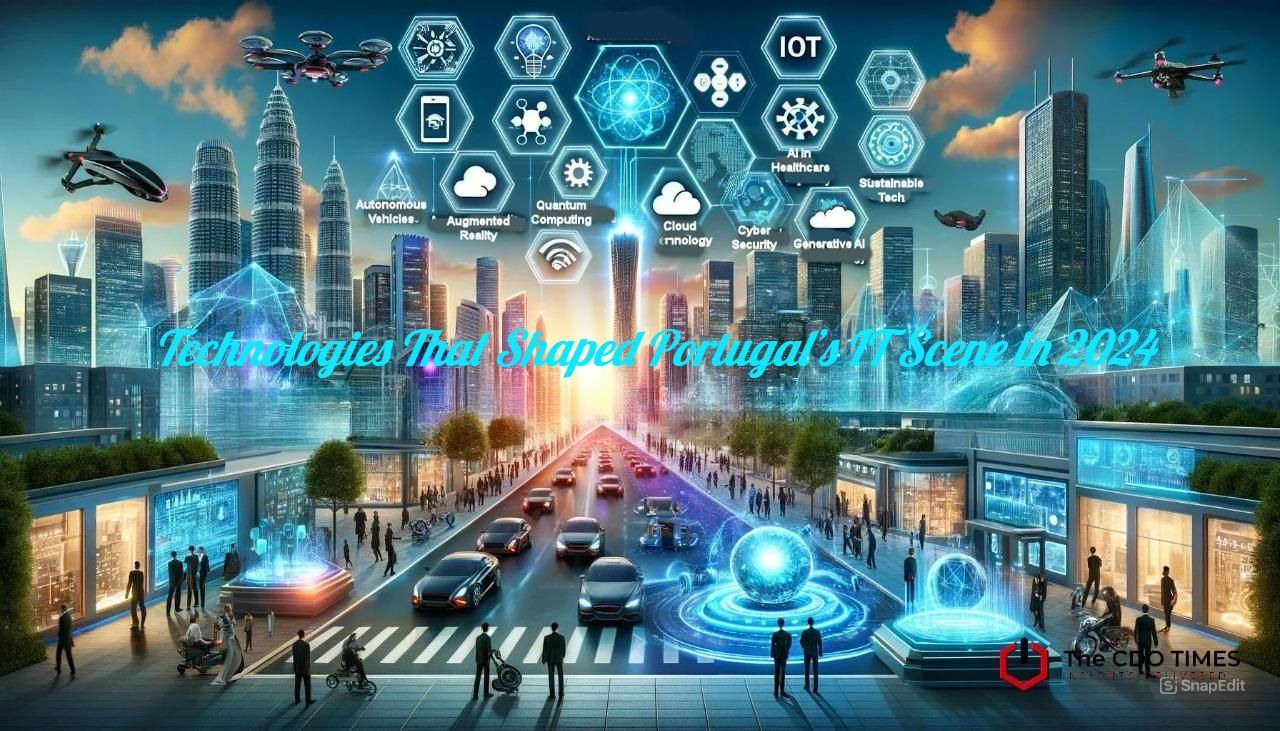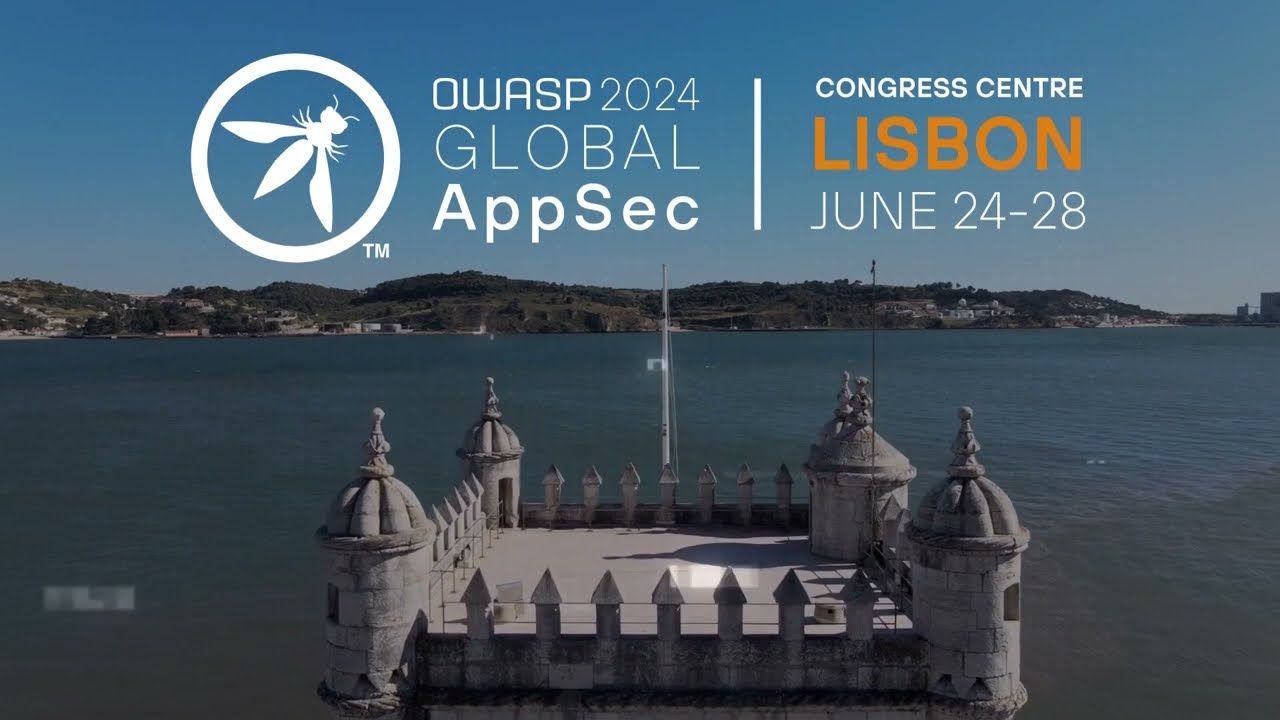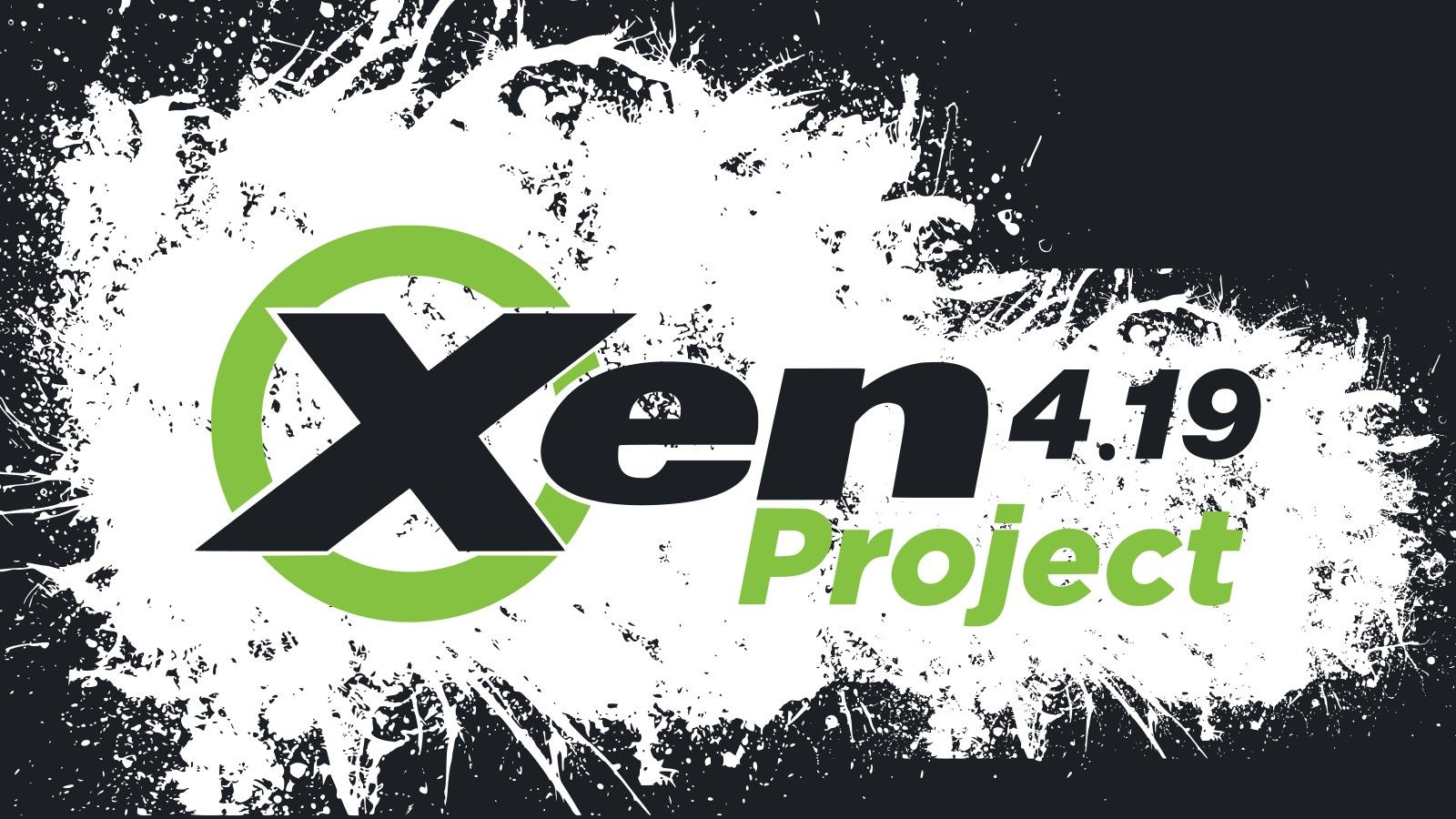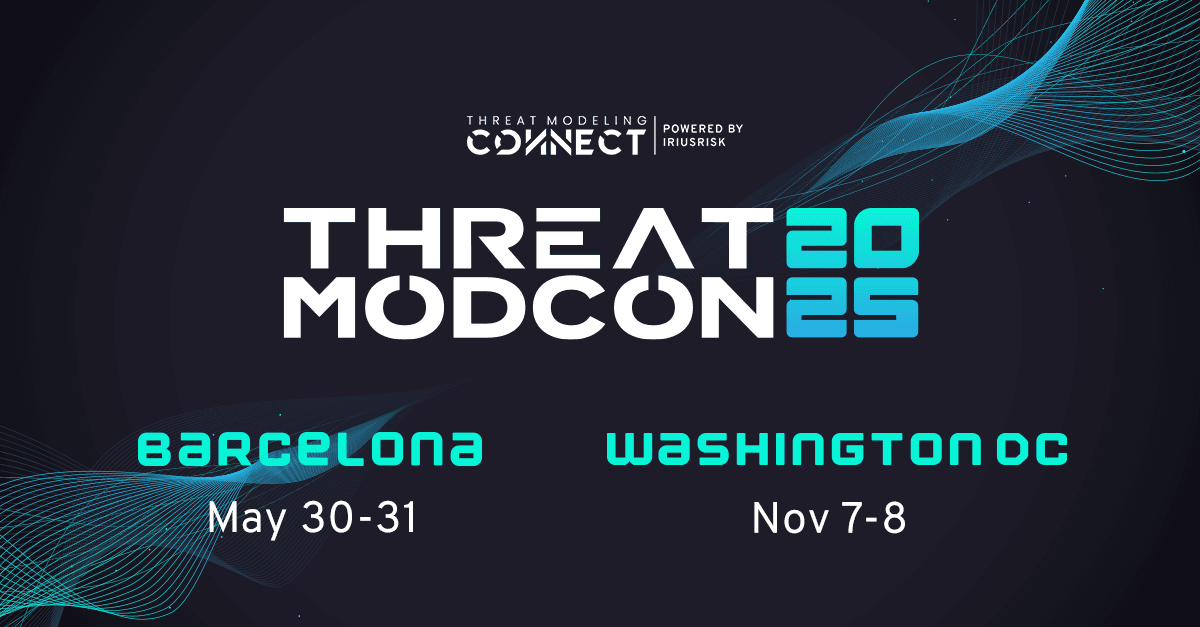INTRODUCTION

Overview of Portugal’s tech growth in 2024
In 2024 Portugal remains among the most vibrant poles of technological growth and innovation in the world. This has become the benchmark of this net of tech talent, entrepreneurs, and investors on well-organized events, seminars, and initiatives in different sectors that make the country a truly ecosystem of excellence.
A very important factor in this growth is the thriving developer scenario which is proven from a few events such as ElixirConf EU, marking itself as a gathering of the most prominent experts in the Elixir programming language, or droidcon Lisbon, a great conference for addicted people from Android development. PyCon Portugal is one of those conferences gathering Python enthusiasts from around the globe, another striking example of national activity toward worldwide tech interchange.

Events like DevOpsDays Portugal really emphasize the need for effective software development processes and attract all sorts of professionals from various parts of the industry. At the same time, one might also reference the Data Makers Fest in Lisbon as a festival of new innovations in the domains of data science and artificial intelligence-the two major tech sectors in Portugal.
On top of that, Portugal's hosting of the Xen Project Summit-the reputed virtualization event for enthusiasts around the world-has become a proud stamp on the country's strong presence in open-source technologies, as is TechQuest by Hyland. Such events emphasized how diverse sectors- be it cloud computing or data science, app development, or enterprise solutions- are forging futures in Portugal.
Web Summit will be another big event featuring Portugal in its ever-increasing fingerprints on the global technology stage. Thousands of techies, start-ups and investors have another space to occupy together for making the country's image shine brighter as one of the most important technology hubs in Europe.
In a nutshell, 2024 is another year in line with which Portugal's tech scene is growing, bringing international partnerships with i- o-ers, a plethora of conferences, and greater attention to emerging technologies. Portugal will become a major player in technology shaping, both in Europe and globally, thanks to its rich ecosystem of innovation and talent.
Top technologies of 2024 and their use cases
Just like every other year, 2024 is promising some big technologies that will altogether change the face of industries such as software, cyber security, and, of course, infrastructure. Among the very latest exciting advances are: Elixir, the Xen Project, every one of those advancements in cybersecurity, or cloud-native-the. Elixir is a language known for building scalable, high-performance systems. It is hailed to be useful for building real-time applications, financial services, and distributed platforms. At the moment, everything in this language relies upon the BEAM virtual machine for excellent fault tolerance and concurrency capabilities, tying the language quite closely into markets that require uptime-or a quick capability to scale. Elixir has a growing ecosystem of frameworks such as Phoenix, LiveView, and Nx, enabling it for machine learning use cases and data analytics as well as for other such embedded systems-minded designs. We are likely to see more of such Elixir integrations in 2024 in telecommunications, e-commerce, and financial services. These are industries that will constantly demand the ability of Elixir to be able to cope with massive quantities of real-time data processing. Elixir is bound to shine concerning machine learning and artificial intelligence applications where concurrency can be allowed to handle all massive data parallelly.

Open-source hypervisor, Xen Project has kept itself as a major player in virtualization technologies. It assures the enterprise a possibility of running multiple virtual environments on the same physical hardware, thus maintaining enhanced security, performance, and scalability. Xen Project continues to grow, especially in the area of automobile systems where it is currently being employed for virtualizing various components within a vehicle, yielding increased safety and flexibility. Open-source in nature, Xen has also shown propensity to supporting many hardware architectures: ARM and x86 among others. This makes it a good candidate for cloud computing, data centers, or even solutions for edge computing. Xen seems to be moving to spread its wings in the future so that it can touch sectors that may need high security and performance like in healthcare, finance, and transportation.
The organizations which attracted revolutionized applications development and deployment by deploying cloud-native technologies such as serverless architectures and CI CD pipelines. CI/CD significantly reduces errors and increases speed by automating the integration and deployment of software into systems. In turn, the developers focus on code alone without worrying about provisioning or maintaining servers when it comes to serverless architecture in which the cloud provider manages the entire infrastructure. With the likes of AWS Lambda or Google Cloud Functions, or even Kubernetes, companies are able to use applications without worrying about its infrastructure. But with serverless computing comes the very real drifting considerations of cost-effectiveness while operation-in-event-driven systems-for instance in e-commerce, since IoT-and increasingly in fintech-in 2024. This heralds powerful development that announces a new day for the application lifecycle in organizations primarily adopting microservices and dynamic workloads.
The full glory of generative AI tools is expected to come in 2024. These are, in fact, the same tools that automate content generation, design processes, and now software development; they have already been injected into workflow systems installed in businesses to improve productivity and creativity. By way of example, the events of WebSammit and show in Adobe 2024 illustrate how generative AI can make the innovation speed much faster through undertaking monotonous tasks and freeing up time for humans to do the much higher-level work. AI-induced tools build code, design the digital content, and optimize whole value chains-from marketing to design, to software development, to content creation. The closer the footprint of Artificial Intelligence in business processes today, the more future opportunities for automation and creative freedom will be unlocked.
These technologies such as Elixir, Xen Project, cloud-native tools and generative AI will take their respective domains to new heights and will further involve in building better, scalable, and thus secure systems. From the outset, those enterprises that integrate these technologies into their systems, develop them into their own offerings, and keep on growing into the digital space will be brighter stars tomorrow.
Regional adoption patterns. (Conferences by cities)
Regional patterns before the cutting-edge technologies will be motivated by major conferences and events everywhere in the world nearer to the major tech hubs. Such events make presentations possible for sharing trends, knowledge, and new advancements that help regional ecosystems of technology. In 2024, a significant number of cities will strongly influence the adoption of a few emerging technologies, such as Elixir, Xen, and cloud-native architectures.
In 2024, Lisbon will have become a significant destination for the famous tech conferences of the year. In April, ElixirConf EU 2024 convenes all developers across Europe to talk, share, and discover the fast-growing Elixir ecosystem. It is the conference for how Elixir is making itself a language of choice in the finance, telecommunications, and IoT industries, with real-time web applications, distributed systems, and machine learning. Not to mention its reputable performance in scalability and resiliency. ElixirConf EU 2024 proves how Elixir adapts to support such future technologies and sets the pace of Lisbon as the leading place for adopting Elixir in Europe.

In June 2024, an important event for virtualization and cloud computing specialists - Xen Project Summit - took place in Lisbon. The conference was held to present the advances made on the Xen hypervisor with a strict affinity to use in automotive systems, into edge, and cloud infrastructure. On virtualization, it is as important as the source by which it brings progress in fields such as automotive, health care, or finance into infrastructural presence as for an organ such as Lisbon. It was a marvelous opportunity to see how Xen aims at improving its performance and scalability in terms of security, factors that matter in a few industries.
Held in June, OWASP Global AppSec Lisbon 2024 brought over 700 of the best cybersecurity experts together in Lisbon to discuss new trends and strategies in defending against digital threats. Cybersecurity being a major preference as digital threats keep on developing, the event then advocated for proactive measures, secure software development practices, and vulnerability management. All these arguments indicate an emphasis when threats are becoming more sophisticated and, thus, that Lisbon has already established itself as a major place in cybersecurity-best principles shaped and trends in security met.
Porto has been touted as another technology growth area in the country, especially concerning cloud-native technologies. All this was in line with the event KCD Porto 2024 that featured DevOpsDays Portugal completely focused on containerization, CI/CD-in 2024. Much this event exudes the growing anticipation that Porto would have asserted itself in the alignment of cloud-native technologies with the business maximization of application effectiveness with technologies like Kubernetes and serverless architectures. A passionate attachment to the DevOps culture through and through and to cloud-native tools with this passion rendered Porto a reference city to companies-industry for integrating modernization in the process of building and deploying applications.
Portugal's Lisbon and Porto have moved into becoming significant cities in terms of the adoption of next-generation technologies worldwide. From conferences such as ElixirConf EU, the Xen Project Summit, OWASP Global AppSec, and cloud-native events in Porto, Porto and Lisbon have created spaces in the city for configuring trends in technological innovation. Their representation of the platforms at such an event for displaying and propagating the acceptance of Elixir, Xen, cloud-natives, and practices in cybersecurity makes it a testimony to how relevant these regions are becoming in shaping a future where digital transformation continues to evolve.
Predictions for how these technologies will evolve in 2025
Towards 2025, most of the expected major technologies will have advanced sufficiently and will also help define the future directions concerning software development, security, and infrastructure. These include Elixir, The Xen Project, AI-driven tools, and cloud-native technologies poised for significant roles in the evolution of future technology. As these technologies evolve, so do their fertile soils in industries, and they apply not only to innovation but also to improved efficiencies and, eventually, higher security.
Elixir has all that it takes to grow further as a top option for writing scalable, reliable, high-performance systems. With all that, by the year 2025 this adoption and its functionalization will no longer be ignored among suits for developing mission-critical applications, in particular those of telecommunications, financial services, and IoTs. Parallel with increasing uses of partitioned systems, such features belonging to Elixir's fault-tolerant, concurrent processing should ideally suit real-time applications and services across sectors. The ElixirConf EU 2025 may continue to present new developments of frameworks like Phoenix and LiveView and promising new applications of Elixir in machine learning and edge computing, among other new things.
Firing on all cylinders, the BEAM (Erlang VM) that underpins Elixir will evolve to serve even more complex use cases. Thus, Elixir stands at the threshold of becoming critical for building next-generation applications that will run on low-latency processing engines while ensuring high fault-tolerance capabilities over a distributed architecture. Its applicability in emerging domains like the autonomous vehicle industry and high-transaction-volume financial systems will continue to broaden.
It is apparent that Xen shall make an advancement in open-source virtualization features such as cloud computing, edge computing, and automotive systems. Therefore, it is also possible that by 2025, Xen will support more hardware architectures while integrating itself further with RISC-V and ARM platforms to enable use in more industry applications. The Xen Project Summit 2025, which is going to take place somewhere in June 2025, is set to unfold what innovations have arisen in terms of secure and scalable virtualization, especially in real-time and safety-critical environments such as autonomous vehicles and multi-tenant cloud infrastructures.
As organizations embrace this new trend towards cloud-native and edge architectures, Xen is likely to prove more valuable than ever because it can keep workloads securely isolated while sharing physical resources. Additionally, with the real-time virtualization ability for infotainment and ADAS systems that it provides for automotive systems, Xen will find even wider application within connected and autonomous vehicles' growing features.
Since the threats are increasingly fanciful, cybersecurity now becomes grittier and grittier. Indeed, by the year 2025, cybersecurity will still be a incorporated concern in the face of humankind. The event, organized by OWASP in June 2025-Global AppSec, is likely to showcase advanced security practices such as threat modeling and secure-by-design principles. Many threats that include ransomware, supply chain attacks, and AI-driven exploits are multiplying rapidly. Therefore, cybersecurity experts will have to emphasize the integrating of security as early as possible in the software development lifecycle.
It is through the use of key technologies like AI driven threat intelligence tools and automated vulnerability scanning of threats that risks become identified and mitigated at an early stage before they turn into greater threats. Besides, security automation and continuous monitoring will be very much necessary at making targets on sensitive data and infrastructure towards the Zero Trust models of various organizations.
The year 2025 will see cloud-native scalling into bits followed by Kubernetes, Docker, and serverless architectures leading the break. Serverless computing will gradually become more widely adopted by organizations, resulting in boundaries that will no longer be encountered when building and scaling any applications within platforms like AWS Lambda, Google Cloud Functions, and Azure Functions. The deployment pipeline automation through CI/CD will improve rich capabilities for achieving an even faster time-to-market for new features and updates.
The corporations would have embraced cloud native architectures all within the year 2025 and would start using Kubernetes, beyond container orchestration, to manage what will turn out to be incredibly complex multicloud and hybrid-cloud environments. All costs and complexities related to infrastructure would then be reduced substantially since companies could focus on the application's logic and innovation.
The combination of WebAssembly with serverless architectures will lead to even more efficiency, allowing developers to build then-high-performance applications without having to worry about the things they should with infrastructure. This will become the standard for scalable, cost-efficient systems built in combination with cloud-native and serverless technologies for industries like e-commerce, media, and SaaS.
By that time in 2025, generative AI will prove itself in areas like content creation, design, and software development, among many others. These AI tools will become fully enmeshed in the creative workflow so that some or all of their duties-such as generating content, optimizing design, or completing code-are done through automation. With natural-language processing and deep learning models becoming better and better, the future of generative AI lies in aiding productivity as well as creating new innovative opportunities across industries.
In the very near future, events such as the WebSammit of 2025 will be pondering the question of AI possibly automating dull repetitive jobs, but at the same time revolutionizing the face of innovation in new product, application, and system design. It is said that AI will also help organizations in optimizing operations and improving user experiences through customized solutions built on extensive datasets and user patterns.

Threat modeling would be critical for the year 2025 considering the growing requirements of security while developing software application life cycles. It anticipated that eventually the conference be convened on November 7-8, 2025, will bring together cybersecurity professionals into a community of interest towards the definition within which threat modeling will contribute to proactive identification of weaknesses and help in the systemization of resilience in software systems. Making systems secure-from-design should be at the core of building systems that are, by their nature, secure in the face of increased complexity and dispersion of threats.
Hence forth in the immediate future, threats modeling would become part of development pipelines on day one and would be powered by AI tools that would automate identifying and recommending remediation strategies for detected security risks. Such an approach is essential for dealing with new threats and ensuring that these systems are not only reactive but resilient against attacks.
Elixir, Xen and all other cloud-native technologies, AI as well as cybersecurity innovations would undoubtedly shape the technological landscape of 2025 in the years to come. These would stimulate digital transformation across all industries with new opportunities for organizations' innovative services, scaling, and management of their infrastructures. In the increasingly encumbered and speedy digital world, adaptation is needed by businesses and developers alike as these trends mature. Important events such as ElixirConf EU 2025, the Xen Project Summit 2025, OWASP Global AppSec 2025, WebSammit 2025, and ThreatModCon 2025 will provide further clues as to how these advancements will unfold and shape the future of technology.
CONCLUSION
At last, in 2024, it is Portugal that has become the first-class global capital of technology innovation, gifted with talent, entrepreneurs, and investors for hosting international events and conferences in the important fields of technology. All these play an increasing role in the growing reputation of the country in everything related to programming, cybersecurity, cloud technologies, and data development among the developer communities. It is as though international events-numberless whether Web Summit, ElixirConf EU, DevOpsDays, or the Xen Project Summit-argue that Portugal is one of the important cogs in this wheel around innovation.
It saw the emergence of vital technologies such as Elixir, the Xen project, cloud tools, and generative artificial intelligence in the IT landscape of Portugal in 2024. Elixir has proven its worth concerning large-scale, real-time data processing and continues to gain traction as an enabling technology for industries like finance and telecommunications. Xen will remain as a chief aspect of virtualization security and efficiency: its adoption is increasing in health care and the automobile industry. Actually, cloud constructs like CI/CD, serverless, and so on allow such organizations to maximize their savings on infrastructure and, at the same time, enhance the efficiency of development.
Then, what does the future hold for such technologies in 2025? Portugal could grow into a fully-fledged technological leader in Europe and the world. Elixir and Xen would forge even better with next-generation, modern, distributed, real-time applications. The cloud platform will fuse with business generative AI workflows to give rise to even more scalable, secure, and efficient systems.
Hence, it can be concluded that the year 2024 had accumulative development progress on new technologies by Portugal, developing the country into a key player in the international IT arena, by participating in global diversity on international conferences on-the-edge technologies vigorously.
References
https://www.elixirconf.eu/ – ElixirConf EU 2024
https://jnation.pt/ – JNation Portugal
https://lisbon.globalappsec.org/ – Global AppSec Lisbon
https://university.hyland.com/pages/techquest-alfresco – TechQuest by Hyland
http://lisbon.droidcon.com/ – Droidcon Lisbon
https://devopsdays.org/events/2024-portugal/welcome/ – DevOpsDays Portugal 2024
https://www.datamakersfest.com/ – Data Makers Festival
https://community.cncf.io/events/details/cncf-kcd-porto-presents-kcd-porto-2024/ – KCD Porto 2024
https://ndcporto.com/ – NDC Porto 2024
ttps://2024.pycon.pt/ – PyCon Portugal 2024
https://websummit.com/ – Web Summit 2024
https://github.com/scraly/developers–conferences–agenda/blob/main/archives/2024.md – Developer Conferences 2024 Agenda
https://sessionize.com/elixirconf–eu–2024/ – ElixirConf EU 2024 (Sessionize)
https://events.linuxfoundation.org/xen–project–summit/ – Xen Project Summit
https://www.threatmodcon.com/ – Threat ModCon